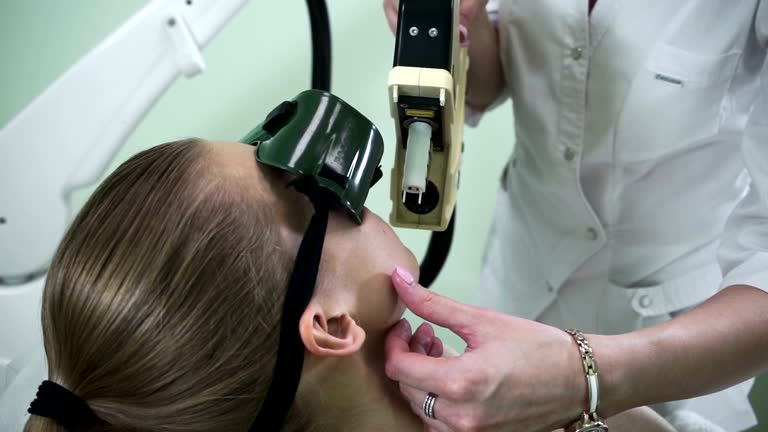Milia are small, pearly-white cysts that commonly appear on the skin, especially on the face. While they are often harmless, they can cause concern for many, particularly regarding aesthetics. In Abu Dhabi, where the climate and lifestyle can influence skin health, understanding milia and their treatment options is essential. This article will delve into what milia are, their causes, prevention methods, and effective Milia Treatment in Abu Dhabi.
What Are Milia?
Milia are tiny cysts that form when keratin (a protein found in skin) becomes trapped beneath the skin’s surface. Unlike acne, milia do not contain pus and are typically painless. They can appear as single or multiple bumps and are most commonly found around the eyes, cheeks, and forehead.
Causes of Milia Formation
Milia can develop due to various factors. Common causes include:
- Skin Damage: Sunburn, abrasions, or other injuries to the skin can lead to milia.
- Skin Care Products: Heavy creams and oils can clog pores, contributing to the formation of these cysts.
- Genetics: Some individuals are more prone to developing milia, indicating a possible genetic component.
- Age: Older adults are more likely to experience milia, possibly due to skin changes over time.
Understanding the underlying causes can help in both prevention and treatment strategies.

Prevention of Milia
Preventing milia can be simpler than treating them. Here are some effective prevention strategies:
- Gentle Exfoliation: Regular, gentle exfoliation can help remove dead skin cells and prevent clogging of pores.
- Use Non-Comedogenic Products: Opt for skincare products labeled as non-comedogenic to minimize the risk of pore blockage.
- Sun Protection: Using sunscreen protects the skin from damage that can lead to milia formation.
- Avoid Heavy Makeup: Heavy makeup can suffocate the skin and contribute to the development of milia.
Implementing these prevention methods can significantly reduce the likelihood of milia appearing.
When to Seek Treatment for Milia
While milia are generally harmless, they can be bothersome. Individuals should consider seeking treatment if:
- Milia become inflamed or infected.
- They are persistent and do not resolve on their own.
- They cause significant cosmetic concern.
Understanding when to seek help is vital for effective management.
Treatment Options for Milia
There are several effective treatment options for milia available in Abu Dhabi. Here are some popular methods:
1. Extraction
One of the most common methods for removing milia is extraction, performed by a trained professional. This involves using a sterile needle or a small incision to remove the cyst. It’s essential to have this procedure done by a qualified practitioner to avoid complications or scarring.
2. Chemical Peels
Chemical peels can help exfoliate the skin and remove dead skin cells, which may aid in clearing milia. These treatments use specific acids to promote cell turnover, helping to keep the skin clear.
3. Microdermabrasion
Microdermabrasion is a non-invasive procedure that exfoliates the skin’s surface. It can help reduce the appearance of milia and improve overall skin texture. This treatment is usually safe and effective for various skin types.
4. Retinoids
Topical retinoids can promote skin cell turnover and prevent clogged pores, making them an effective treatment for milia. These products should be used under the guidance of a dermatologist.
5. Laser Therapy
For more stubborn cases, laser therapy can effectively target and eliminate milia. This method uses focused light to remove the cysts without damaging surrounding skin.
6. Prescription Creams
In some cases, dermatologists may prescribe topical treatments to help manage milia, particularly for patients with a higher recurrence rate.
Lifestyle Tips for Managing Milia
Aside from professional treatments, there are several lifestyle adjustments individuals can make to help manage and prevent milia:
- Stay Hydrated: Drinking plenty of water helps maintain skin elasticity and health.
- Maintain a Consistent Skincare Routine: Regularly cleansing and moisturizing your skin can prevent issues related to dead skin buildup.
- Avoid Picking at the Skin: Picking at milia or other skin imperfections can lead to infection or scarring.
By adopting these habits, individuals can contribute to healthier skin and reduce the likelihood of milia.
Conclusion
Understanding milia and their treatment options is crucial for anyone experiencing these pesky skin cysts. In Abu Dhabi, where the climate can exacerbate skin conditions, being proactive about skincare can lead to better outcomes. From professional treatments like extraction and chemical peels to simple lifestyle changes, various strategies can help manage and prevent milia. If you’re concerned about persistent milia, consulting a dermatologist is a wise step toward clearer skin.
FAQs
1. Are milia contagious?
No, milia are not contagious. They are benign cysts that form due to trapped keratin.
2. Can milia go away on their own?
Yes, milia can sometimes resolve on their own, but persistent cases may require treatment.
3. Is it safe to pop milia?
It is not recommended to pop milia yourself, as this can lead to infection or scarring. Always seek professional help.
4. Can milia occur in infants?
Yes, milia are common in infants and usually resolve without treatment.
5. How long does treatment for milia take?
Treatment duration varies depending on the method used, but many treatments can be completed in a single session.
6. Can I use makeup after milia treatment?
It’s best to avoid heavy makeup immediately after treatment to allow the skin to heal properly.

